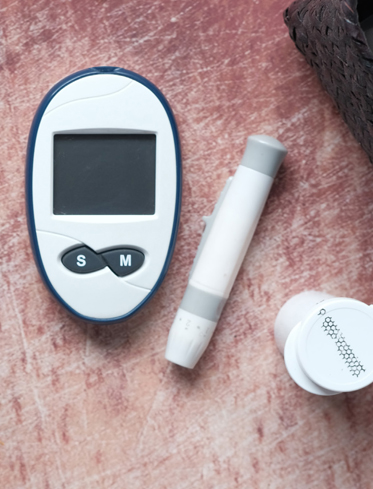


Diabetes affects more than 37.3 million people (11.3 % of the population) and nearly 96 million people have prediabetes (38.0% of the population). People with diabetes have an increased risk of developing several serious health conditions. Consistently high blood glucose levels can lead to complications affecting the heart and blood vessels, eyes, kidneys, nerves, and teeth. In addition, people with diabetes have a higher risk of developing infections. It is a leading cause of cardiovascular disease, blindness, kidney failure and lower limb amputation.
Hyperbaric therapy has been demonstrated to stimulate angiogenesis to help ameliorate compromised blood flow and prevent organ failure. Research has shown that it can lower blood sugar levels by increasing cellular sensitivity to insulin and skeletal muscle reception of glucose. Furthermore, recent reports have provided evidence towards linking Hyperbarics to regenerating pancreatic islets of Langerhans, thus potentially producing more insulin. It is often beneficial in treating osteomyelitis and cellulitis, in addition to preventing systemic toxicity and permanent disability.
With chronic diabetes, impaired circulation reduces wound healing capability and promotes ulcerations. Hyperbaric therapy increases the amount of oxygen available to ulcerated areas, leading to increased fibroblast activation.
Improve Blood Chemistry Profile
Advanced Glycemic Control
Decrease Cardiovascular Risk
Stimulate Angiogenesis & Reduce Inflammation
Enhanced Healing
HBOT and Wounds in Diabetes Read More
HBOT Combined with Platelet-Rich Plasma on Diabetic Wounds Read More
HBOT for Diabetics Read More
HBOT Helps Lower Blood Sugar Read More
Managing Obesity and Metabolic Syndrome with HBOT Read More
Mild Hyperbaric Oxygen Inhibits Growth-related Decrease in Muscle Oxidative Capacity Read More
The Effect of Hyperbaric Therapy on Brown Adipose Tissue Read More